Wood is used extensively in the lives of the Lao people as is evident from the Buddha images, carved in the finest of woods, intricately carved doors and window frames in Lao temples and palaces, to everyday items such as toys, kitchen utensils, bowls, opium pipes etc. Wood work and wood carving are very popular, second only to textiles, amongst the ethnic minority handicrafts produced in Laos.
Wood is often used in conjunction with other materials like bamboo, stone, metal and ceramics to produce objects of both utility and art.
TRADITION
With the advent and spread of Buddhism, in the 14th century, wood carving assumed great significance. Not only were Buddha images sculpted from the finest of woods but magnificent temples and monasteries were erected, in wood, which had intricate carvings done on doors and window frames, pillars, lintels and other structures. Stories depicting the life of the Buddha and scenes from Hindu mythology were painted or carved on wooden decorative panels, with local modifications. Many symbols were used, for example, the Naga (snake) depicted in many royal and religious buildings, stands for the benevolent spirit of the water and was considered the protector of the king.
The demand for wooden objects and wood carving was not limited to religious objects or religious structures but extended to meeting the demands of the royalty. Ornate wooden furniture, royal thrones, decorated barges, palanquins and elephant howdahs were also produced around that time. This demand gradually declined over time and production began to be oriented towards meeting the need of the middle classes and objects of everyday utility.
 |
 |

PRACTITIONERS
Carpenters and wood carvers are renowned amongst the Austro-Asiatic Mon-Khmer groups, South Western Tai groups and the highland communities such as the Hmong, the Yao and the Akha, Kongsat, Phanna and Poussang. The Hmong, the Yao, the Sou, the Khang and the Xinh-mun are also known for their boatbuilding skills.
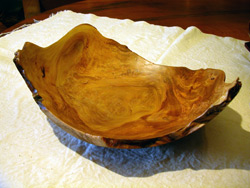 |
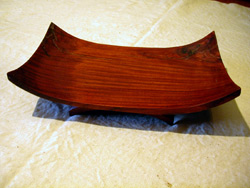 |
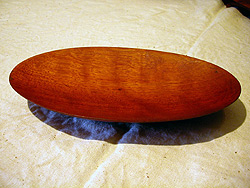 |
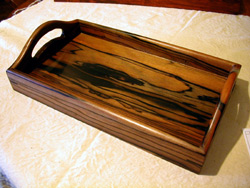 |
The decline in traditional Buddhist practices during the 1970s resulted in the loss of many traditional woodcarving skills within the Buddhist monkhood. UNESCO Cultural Survival and Revival in the Buddhist Sangha Project, in Luang Prabang, is seeking to revive this.
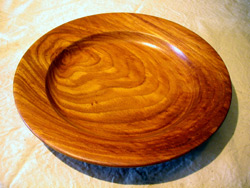 |
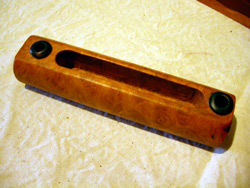 |
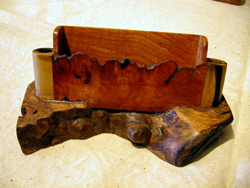 |
 |
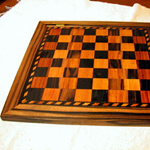
MATERIALS
The abundant forests of Laos supply an assortment of woods for carving such as teak, rosewood, ebony and other tropical hardwoods, apart from cane and bamboo. This however has led to wide spread deforestation and destruction of forest land – partly contributed by swidden farming methods and partly because of the huge demand for wood both for local consumption as well as export.
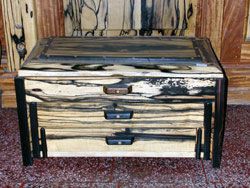 |
 |
 |
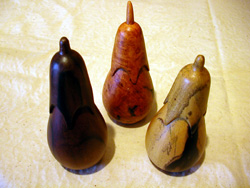 |
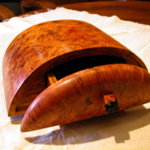
PRODUCTS AND MARKETS
Today woodcarving is more commonly associated with the production of items of utility and home decor such as cross bows, spears, bows and arrows, tobacco pipes, kitchen utensils such as bowls, spoons, plates, boxes, ash trays, combs, letter openers, planters, coffee tables, chairs, cabinets, furniture, large animal carvings, office accessories, toys, among other items.
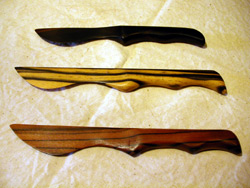 |
 |
Champassak Province
Carved Elephant Sculptures in Ban Kiet Ngong: Ban Kiet Ngong Village
Wooden and stone sculptures of varying sizes and shapes are produced by hand in this ethnic Ta Oy village, Ban Nong Beung.
Gallery
YOUR VIEWS
PRACTITIONERS: INDIA
Access 70,000+ practitioners in 2500+ crafts across India.
BIBLIOGRAPHY
10,000+ listings on arts, crafts, design, heritage, culture etc.
GLOSSARY
Rich and often unfamiliar vocabulary of crafts and textiles.
SHOP at India InCH
Needs to be written.






